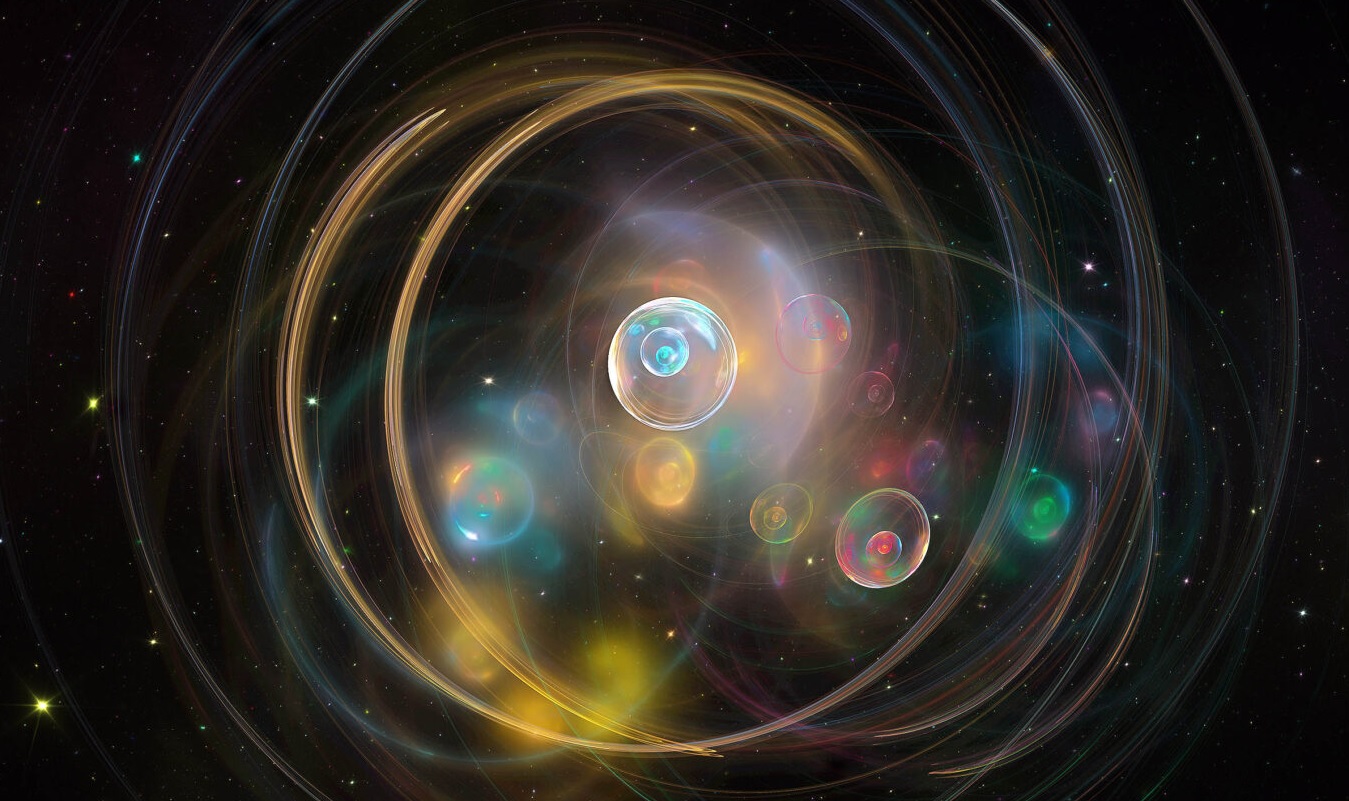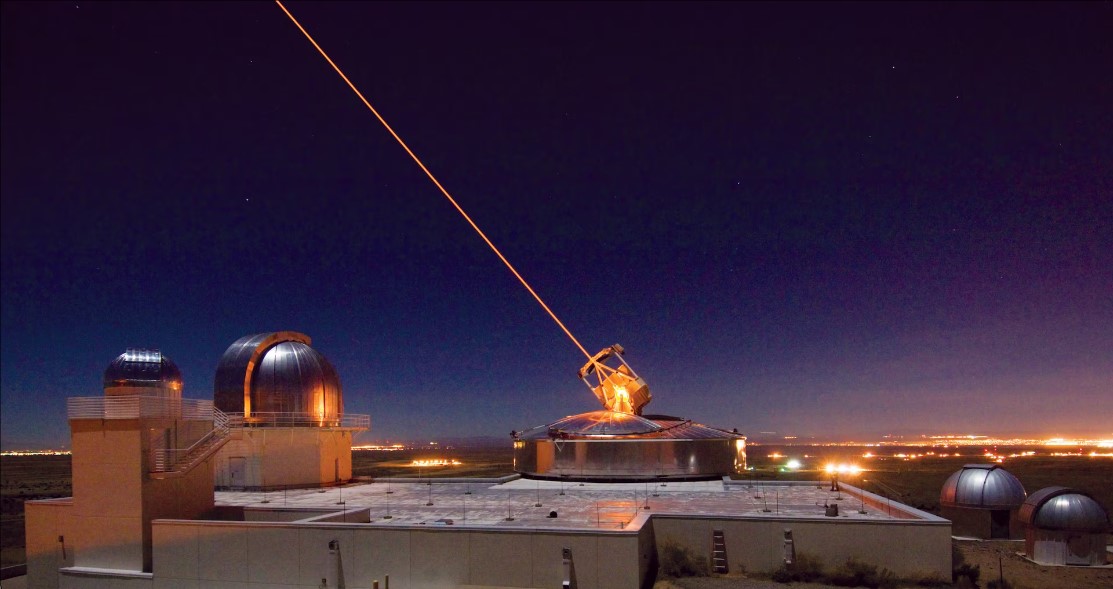Unveiling the Graviton: Exploring the Mysteries of Gravity and Its Hypothetical Particle

Gravity, one of the four fundamental forces of nature, governs the universe in profound ways. It is the force that keeps planets in orbit, dictates the motion of galaxies, and ensures that we remain anchored to Earth. At the heart of modern theoretical physics lies a tantalizing question: What if gravity is mediated by a particle known as the graviton? Let’s dive into the concept of gravitons, how gravity works, and the fascinating history behind humanity's efforts to understand this force.
What Is Gravity?
Gravity is the attractive force that exists between all objects with mass. Sir Isaac Newton was the first to quantify gravity in the 17th century with his law of universal gravitation, describing it as a force that acts instantaneously between two masses. Later, Albert Einstein revolutionized our understanding with his theory of General Relativity, presenting gravity not as a force but as the curvature of spacetime caused by massive objects.
Einstein's groundbreaking work demonstrated that objects like the Earth warp the fabric of spacetime, creating what we perceive as gravity. Smaller objects, like the Moon, follow curved paths around larger masses due to this warping effect.
The Hypothetical Graviton
While Einstein's General Relativity describes gravity on a large scale, it does not reconcile with the principles of quantum mechanics, which governs the behavior of particles on a microscopic level. This is where the idea of the graviton emerges—a hypothetical quantum particle thought to mediate the gravitational force, similar to how photons mediate electromagnetic forces.
Gravitons are theorized to be:
- Massless: Since gravity operates over infinite distances, the graviton, if it exists, must be massless.
- Spin-2 Particles: In quantum field theory, the graviton is postulated to have a spin of 2, aligning with the tensorial nature of gravity in General Relativity.
- Force-Carrying Bosons: Like photons, gluons, and W/Z bosons in other fundamental forces, gravitons would belong to the boson family.
However, the graviton remains purely theoretical. Despite its elegant mathematical consistency, no experiment has ever directly detected gravitons due to the extraordinary weakness of gravitational interactions compared to other forces.
How Does Gravity Work on a Fundamental Level?
Gravity's workings differ when viewed through classical and quantum lenses:
-
Classical View (Einstein’s General Relativity)
- Massive objects distort spacetime, and other objects move along these curves.
- This explains phenomena like the bending of light around stars (gravitational lensing) and the orbits of planets.
-
Quantum Perspective (Hypothetical Gravitons)
- Gravitons would act as carriers of gravitational force in the quantum framework.
- If two masses interact gravitationally, the graviton would theoretically mediate this interaction by "exchanging" energy at the quantum level.
The challenge is that gravity is vastly weaker than the other fundamental forces, making quantum effects incredibly subtle and hard to measure.
Who First Proposed the Graviton?
The concept of the graviton was first suggested in the 1930s by physicists attempting to unify quantum mechanics with General Relativity. While no single individual is credited with the discovery of the graviton, key contributions came from the field of quantum field theory. The term "graviton" was popularized as theoretical physicists like Richard Feynman explored quantum gravity.
Einstein himself did not propose the graviton, as his work predated the development of quantum mechanics. However, his theories laid the foundation for later physicists to explore the quantum nature of gravity.
Challenges in Detecting the Graviton
Detecting a graviton directly is currently beyond our technological reach. Gravitational waves, ripples in spacetime caused by massive accelerating objects, have been observed (first detected by LIGO in 2015), but gravitons would be far subtler.
Theoretical models suggest that gravitons interact so weakly with matter that even the most sensitive instruments would be unable to detect them under current technological constraints. The search for gravitons may require breakthroughs in quantum field theory, particle physics, or experimental techniques.
Why Is Understanding Gravity Important?
Understanding gravity at a quantum level is crucial for developing a unified theory of everything—a framework that seamlessly combines General Relativity and quantum mechanics. Such a theory could unlock answers to profound questions about the universe, from the nature of black holes to the origins of the cosmos itself.
Conclusion
The graviton represents one of physics' most intriguing mysteries—a potential bridge between the macroscopic world of General Relativity and the microscopic realm of quantum mechanics. While its existence remains hypothetical, the search for the graviton inspires profound questions about the nature of reality. As science advances, the dream of unraveling gravity’s secrets edges closer to becoming a reality, promising to reshape our understanding of the universe in ways we cannot yet imagine.



